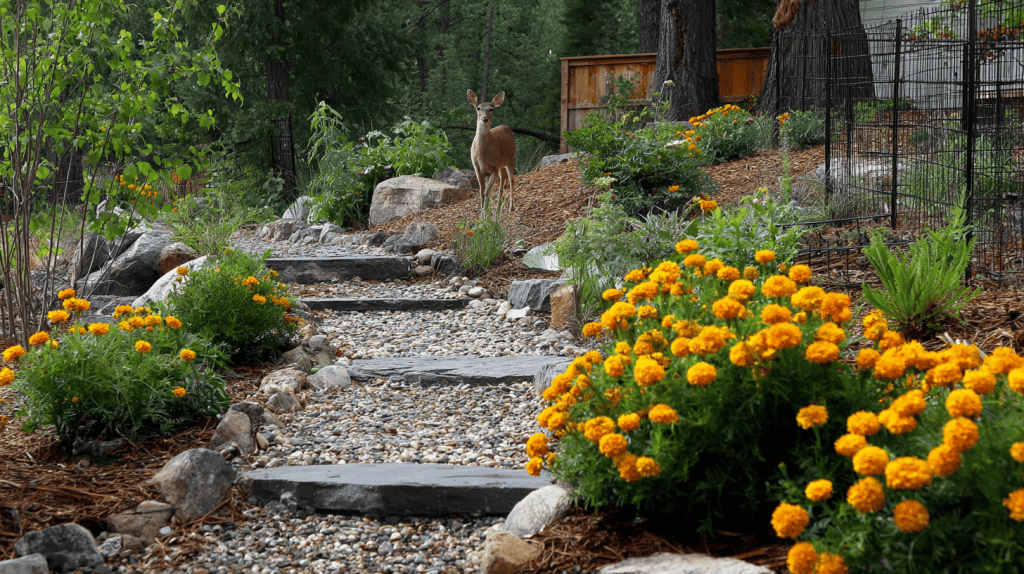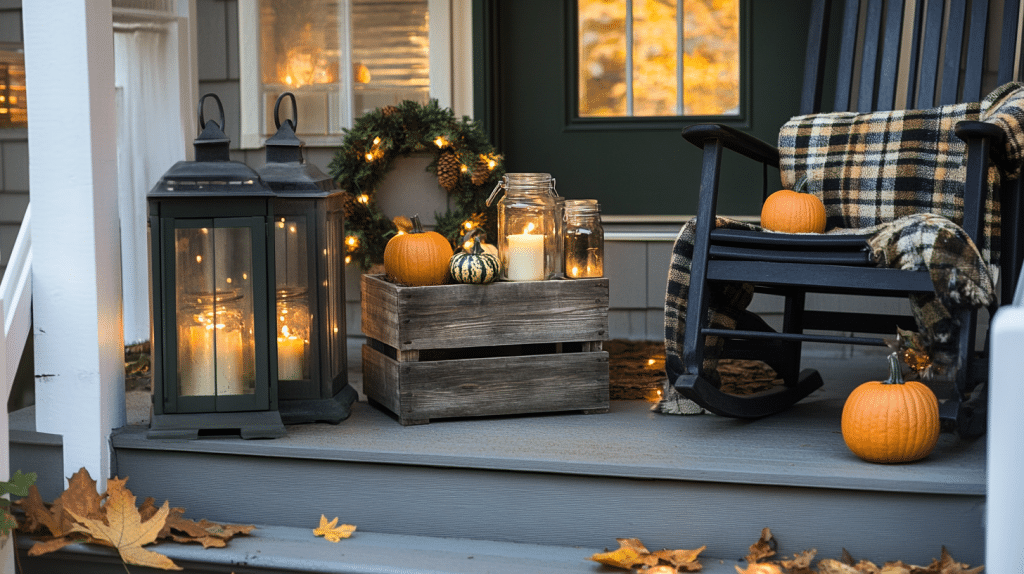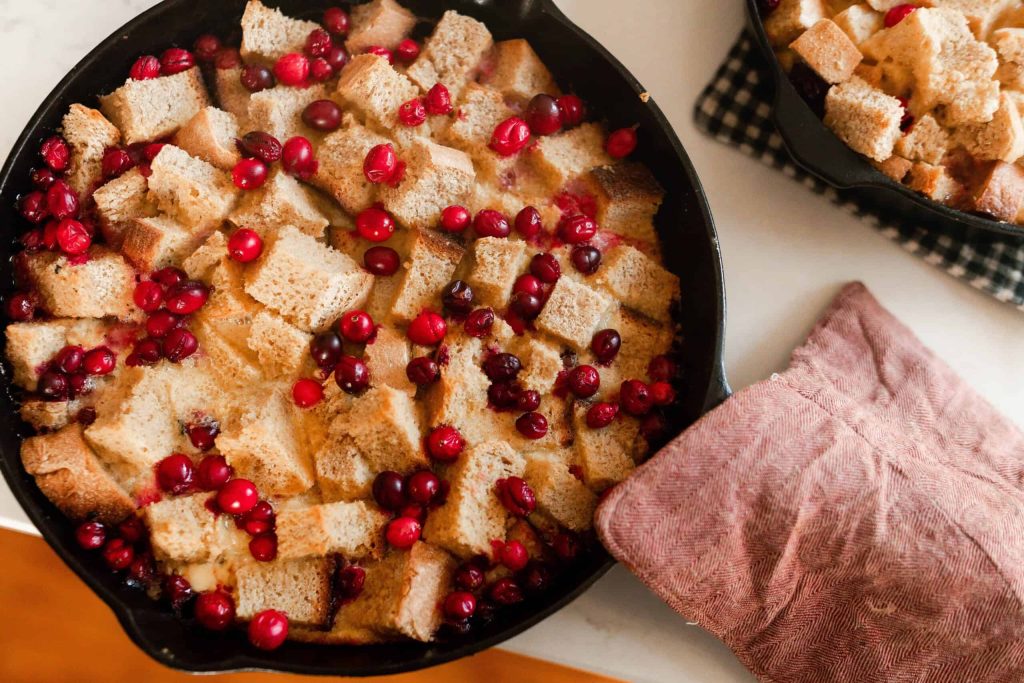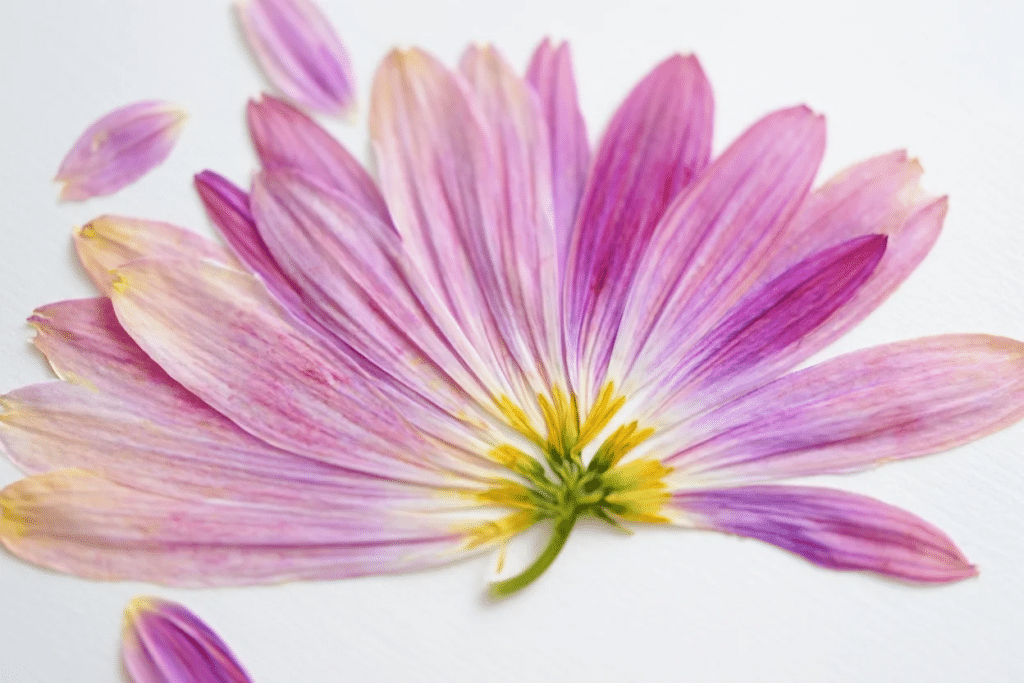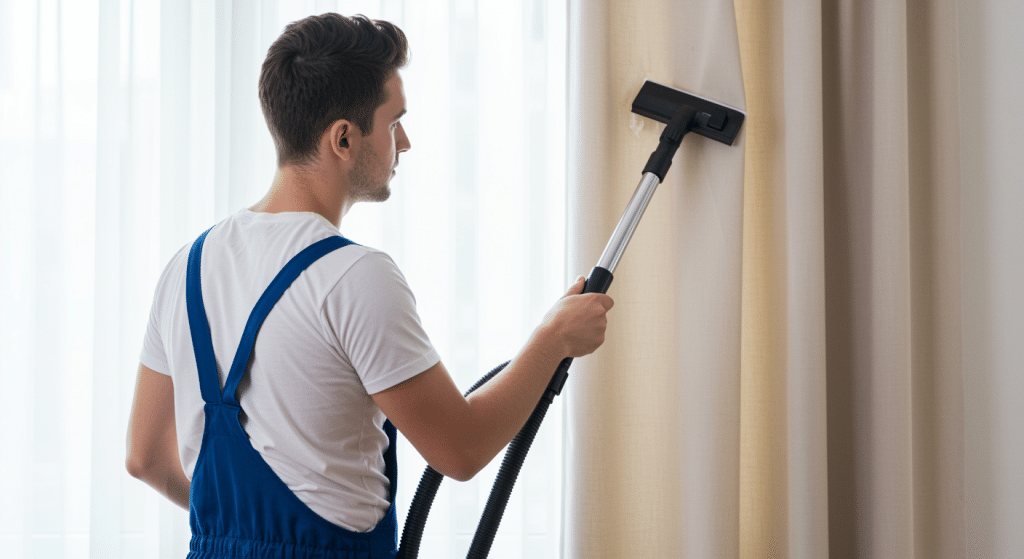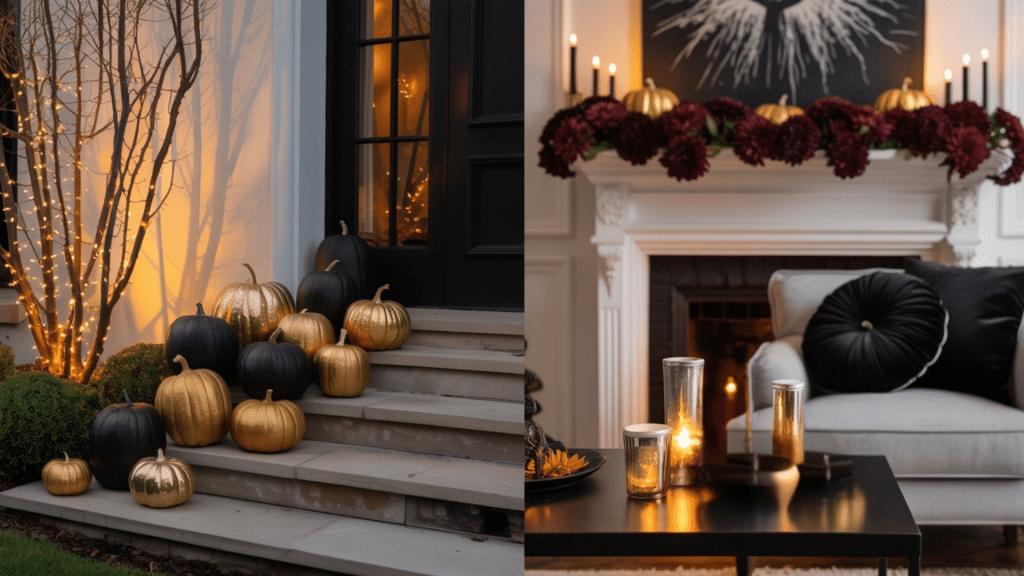We all agree that deer in the yard can be a serious nuisance. They munch on flowers, veggies, and young trees, often leaving frustration in their wake.
Many gardeners wonder if planting deer-resistant flowers like marigolds is enough to keep these graceful intruders at bay. I’ve tried that too, only to find it works sometimes but not always.
That’s why in this guide, you’ll find which yard surfaces deer actually hate walking on, methods that offer consistent, practical protection.
Let’s uncover smart, textured landscaping ideas that keep your garden looking its best.
Why Plant-Only Tricks Sometimes Fail and What Works Better
Many people think strong-smelling flowers, such as marigolds, are enough to repel deer. While these plants can discourage some deer, determined or hungry ones often ignore the scent and continue grazing.
If you’ve ever asked yourself, Do marigolds keep deer away? You’re not alone. The answer is that they help, but not reliably.
Deer are adaptable and willing to cross uncomfortable terrain for food. That’s why relying only on plants is risky. Instead, many gardeners now focus on yard surfaces deer hate to walk on, providing more consistent deterrence.
Still, if you want a colorful garden, pairing these textures with deer-resistant flowers like zinnias and dusty miller adds both beauty and backup protection.
Yard Surfaces That Stop Deer in Their Tracks
Deer are sensitive about where they step. Rough, uneven, or sharp surfaces naturally discourage them from venturing further.
Here are some of the most effective yard surface ideas:
1. Decorative gravel and pebbles
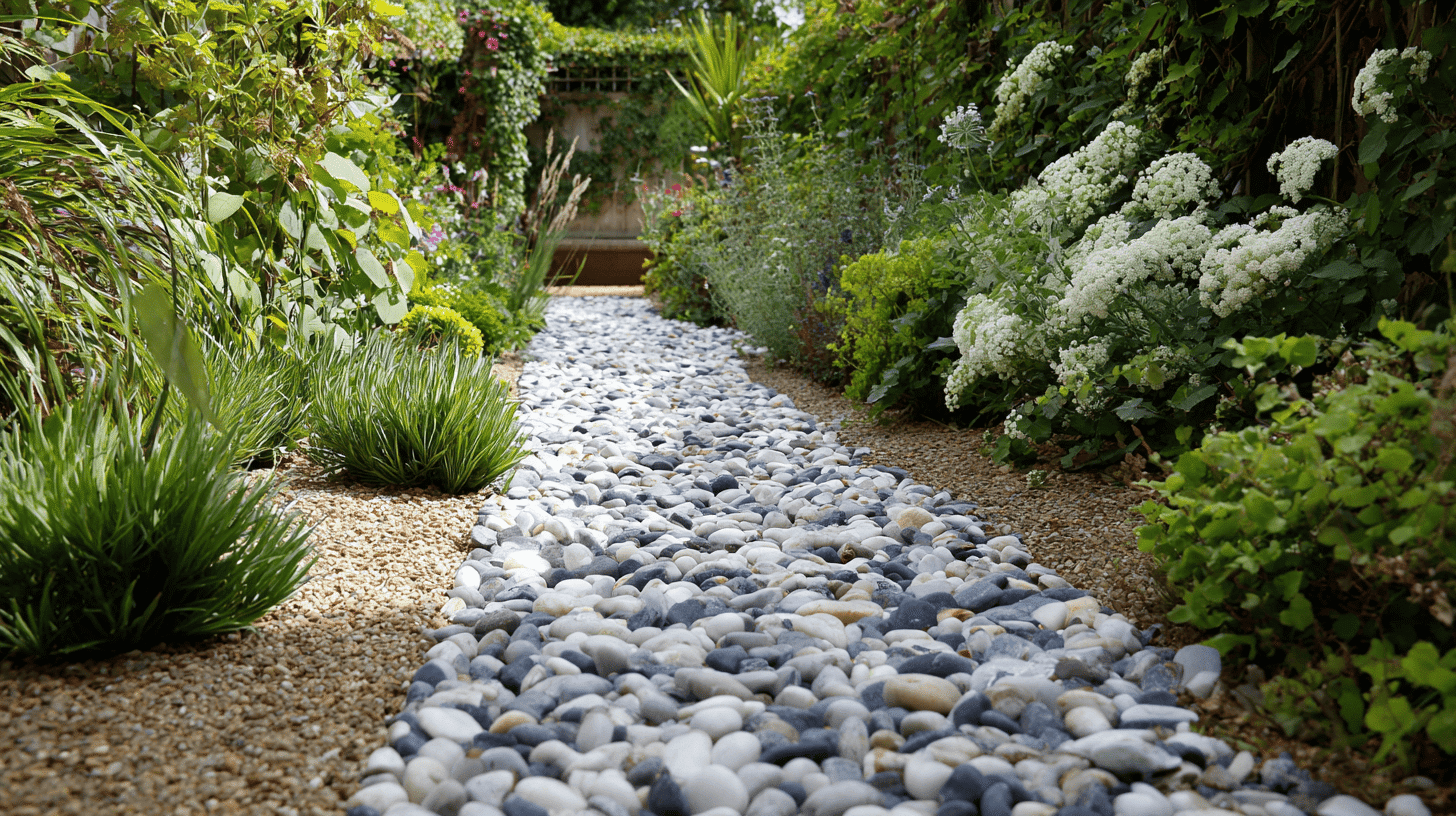
These small stones make a crunchy sound when stepped on and feel rough under a deer’s hooves, so they don’t like to cross over them.
At the same time, gravel and pebbles can be arranged as neat, attractive pathways that make your yard look beautiful.
2. Sharp mulch options

Using pinecones, nutshells, or small stone chips as mulch makes the ground rough and unpleasant for deer to walk on.
Their hooves don’t like the sharp or uneven texture, so they avoid stepping on it. This type of mulch also adds a natural, rustic look.
3. Raised beds with rocky borders

Building raised garden beds with stones or rocky edges gives your yard a clean, strong border. The rough surface makes deer less likely to step over or through it.
At the same time, the rocks frame your plants nicely and make the garden stand out more.
4. Metal mesh or wire strips
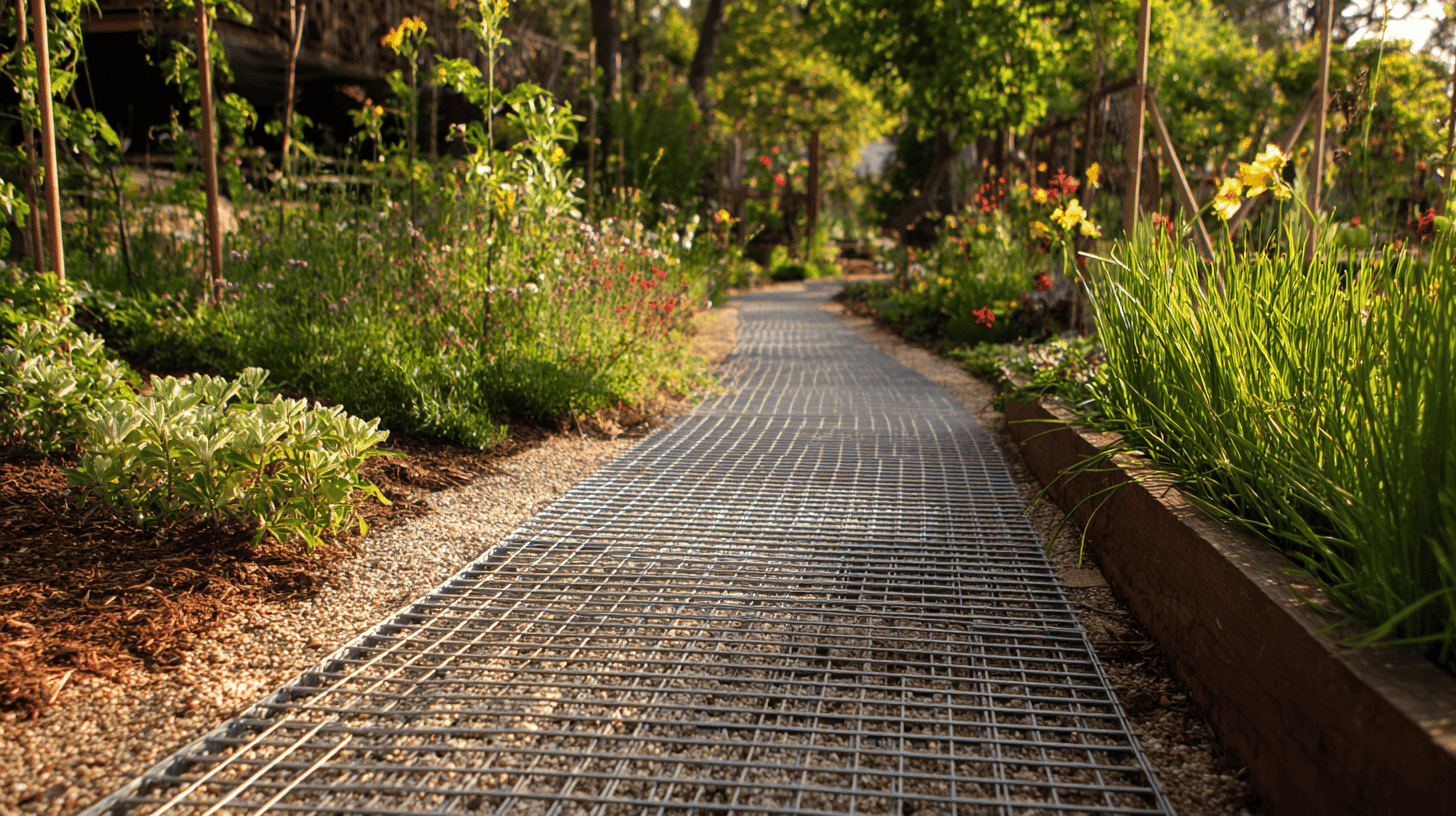
Placing metal mesh or sturdy wire along garden edges or across paths makes it hard for deer to move through. Their hooves can slip or feel unsteady on the surface, so they avoid those spots.
This simple trick helps protect plants while staying almost invisible.
5. Hardscape and terracing
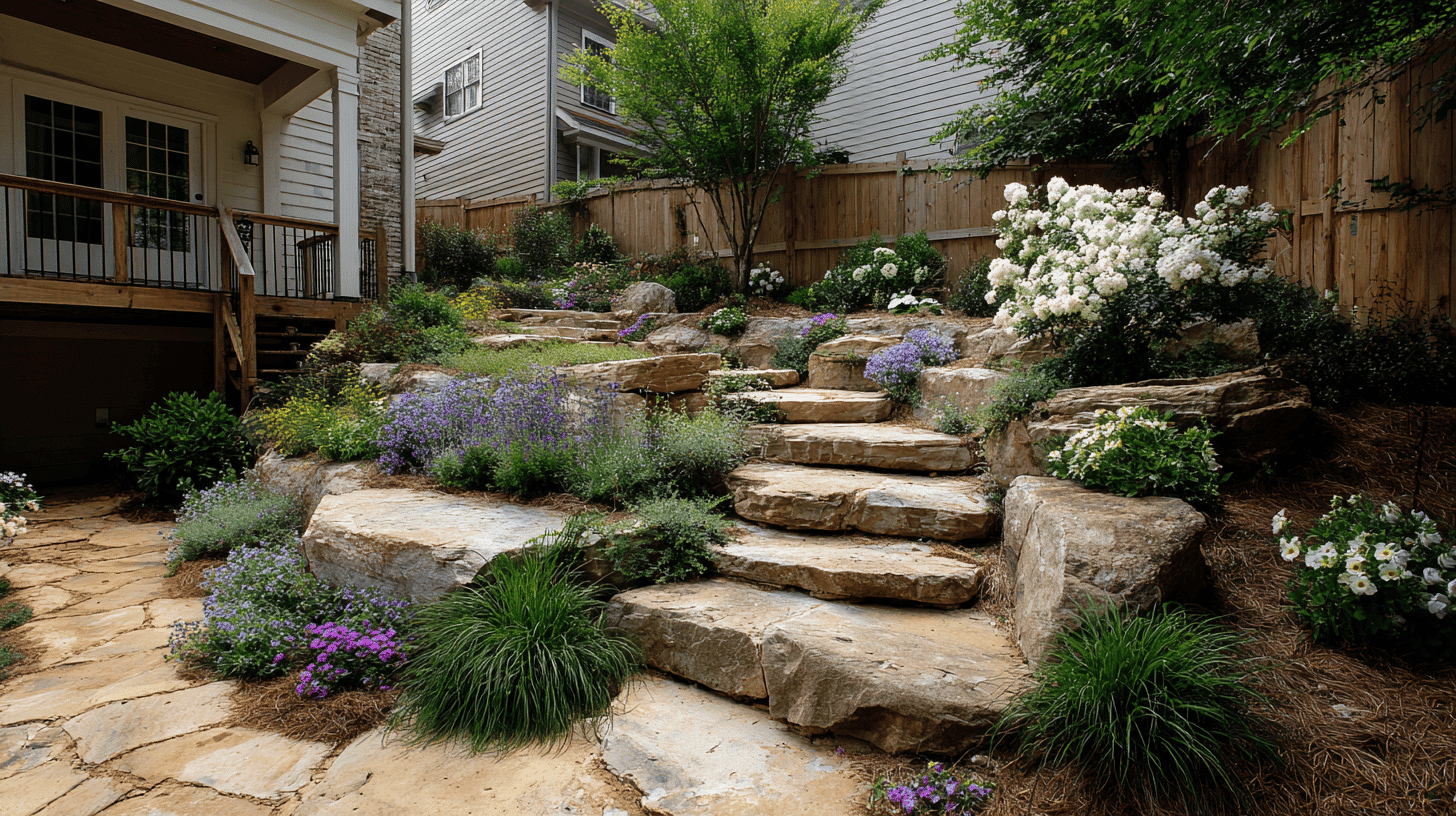
Using uneven flagstone, patios, or layered terraces adds strong structure to your yard while making it less inviting for deer.
The hard and bumpy surfaces are tricky for deer to walk across, so they usually stay away. At the same time, these features look stylish and modern.
Combining Surfaces with Modern Garden Design
The beauty of using textures is that they integrate seamlessly into landscaping. Consider these applications:
- Borders: Use sharp mulch or gravel at critical entry points or around flower beds.
- Pathways and Entrances: Replace grass or soil pathways with stone chips or flagstone to deter deer from strolling straight in.
- Fencing Integration: Pair surface textures with low fencing or trellising for a stronger multi-layer defense.
- Edible Garden Areas: Surround vegetable plots with a mix of gravel paths and rocky edging for extra security.
These solutions keep your yard safe but still welcoming for family, pets, and guests.
Wrapping it Up
Relying only on plants, like marigolds or other deer-resistant flowers, doesn’t always keep deer away for good.
Hungry deer will often push past plant barriers, leaving you frustrated.
A better, long-lasting way is to add surfaces and textures that deer dislike walking on. Gravel, pinecones, rocky borders, and uneven flagstone make your yard less inviting while still looking neat and stylish.
These changes not only protect your plants but also improve drainage, reduce weeds, and give your outdoor space a more polished look.
By mixing smart landscaping with texture, you can enjoy a yard that is both beautiful and well-defended.
Frequently Asked Questions
Which Surface Is Most Cost-Effective?
Gravel and pinecone mulch are inexpensive and easy to find. They work well as barriers while also improving the look of pathways and borders.
Do These Barriers Interfere with Other Wildlife or Pets?
Most materials are safe for pets and wildlife. Just avoid very sharp stones if your pets like to run, dig, or play in the yard.
Are These Solutions Hard to Maintain Year-Round?
Gravel and stone last for many years with little care. Pinecones or nutshell mulch may need to be replaced once a year to stay effective.
Will These Ideas Help Protect Vegetables, Too?
Yes, surrounding vegetable beds with rough surfaces like gravel, stones, or pinecones makes it much harder for deer to step in and eat your crops.


